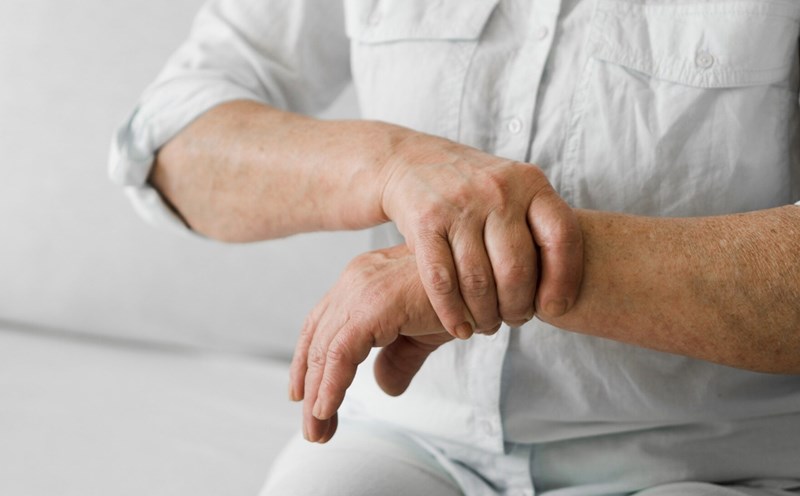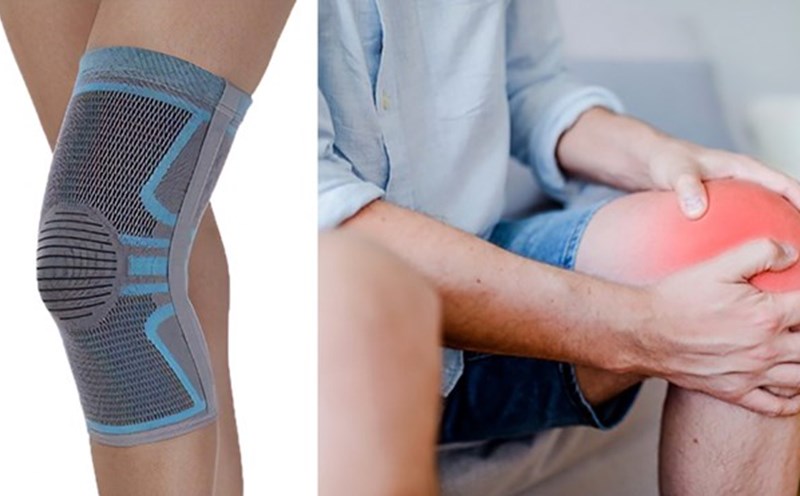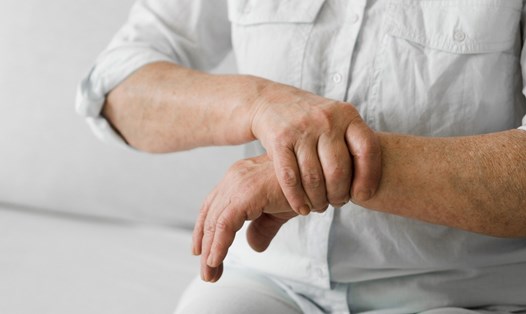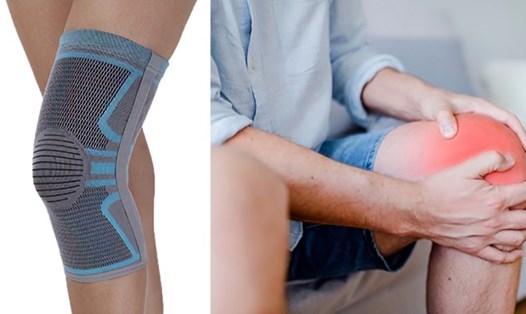1. Always dynamic
Maintaining physical activity is important for controlling joint pain in winter. Gentle exercises such as stretching, yoga, brisk walking or swimming in warm water help keep joints and muscles moving and healthy. However, be careful not to push yourself too hard; gentle, regular exercises are often better than high-intensity exercises that can damage joints.
2. Keep warm
Staying warm is important, especially when there is joint pain in winter. wear layers of clothing, gloves and a warm knee compress to protect your joints from cold air. If the weather is too cold, it is best to stay indoors as much as possible to avoid sudden temperature changes that can cause pain.
3. Focus on your diet
According to Harvard Health, what we eat can greatly affect joint health. Focus on a balanced diet, including anti-inflammatory foods like fatty fish, nuts, olive oil, and a variety of fresh fruits and vegetables to help manage joint pain in winter. Supplement foods rich in vitamin D and calcium, such as milk, eggs and fortified cereals, to help strengthen bones.
4. Drink enough water
In cold weather, we often forget to drink enough water, which can lead to dehydration. Staying hydrated is important to keep your joints lubricated and moving comfortably. Always carry a bottle of water with you, even if you do not feel thirsty.
5. Get enough sleep
Don't underestimate the importance of a good night's sleep. Your body heals and recovers on its own while you sleep. Ensure adequate rest so that your body can recover from daily activities. This is especially important for people with joint pain in winter, as colder temperatures can aggravate discomfort. In addition, sitting or standing in the correct position can help reduce pressure on the joints.
6. Rest
If you have to stand or sit for long periods of time, take a break to stretch and move. These short breaks can help reduce joint stiffness, improve blood circulation and reduce joint pain in winter.











